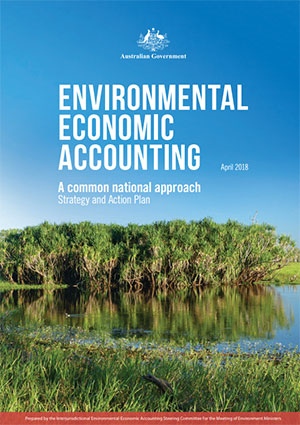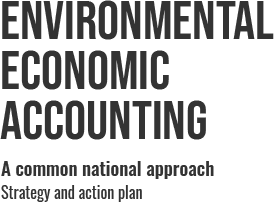Environmental Economic Accounting
Environmental Economic Accounting
Tracking changes in environmental assets over time can help us understand if our natural resources are being depleted and if their condition is improving or declining. When this information is integrated with socioeconomic data, a more complete picture can be presented to decision makers on how to optimise social, economic and environmental outcomes, and to appropriately minimise the risk of environmental degradation. Environmental-economic accounting (EEA) provides this—it helps us understand the condition of our environment, and its relationship with our economy.
Commonwealth, state and territory governments have agreed to collaborate on a common national approach to EEA in Australia. This strategy and action plan set out how a common national approach to the implementation of the United Nations System of Environmental-Economic Accounting (SEEA) will provide coherent, comprehensive and integrated accounts to support decision making by governments, business and the community.
The SEEA framework integrates economic and environmental data to provide a more comprehensive and multipurpose view of the interactions between the economy and the environment, and the stocks and changes in stocks of environmental assets as they bring benefits to humanity.
It contains the internationally agreed standard concepts, definitions, classifications, accounting rules and tables for producing internationally comparable statistics and accounts, and follows a similar accounting structure as the System of National Accounts (SNA). The framework uses concepts, definitions and classifications consistent with the SNA in order to facilitate the integration of environmental and economic statistics.
The strategy and action plan can be accessed at: https://www.environment.gov.au/science/environmental-economic-accounting/publications/environmental-economic-accounting-strategy
The potential application of EEA to State of the Environment reporting is currently being considered by Commonwealth, state and territory governments, but it is likely that it will assist with providing standardised and quantifiable time series data for use in measuring status and trends.



